HOOF CARE IN WINTER
Keep Your Horse's Hooves Safe In Cold Days

As winter's here and snow starts falling, we horse owners face a set of unique challenges... Among all the winter struggles, hoof care is probably the most important in ensuring the well-being of our horses. The season, while seemingly tranquil with fewer rides and training, brings a set of concerns for our horse's hooves. Understanding the importance of winter hoof care is crucial, as neglect during this period can cause lots of dangers and a fat veterinarian bill in the end.

Why Winter Poses Risks to Hooves
1. Slower Hoof Growth: While hooves maintain a constant growth rhythm, winter causes a subtle slowdown. The deceptive slow growth might lead you to believe that your horse's hooves need less attention, but quite the opposite! This season demands a keener eye and more frequent farrier visits to prevent potential complications.
2. Softening Due to Moisture: The chill in the air, snow, rain, mud... They all bring increased moisture, making hooves softer than usual. This heightened softness raises concerns such as the increased risk of abscesses and other related problems.

3. Snowballing Hazards: Snowballing, an often overlooked problem, occurs when snow accumulates in the hoof and subsequently melts. The resulting moisture provides a breeding ground for issues such as bacterial infections, and it needs proactive measures.
4. Mud Fever: The combination of softened hooves and increased moisture amplifies the risk of mud fever, a common ailment during winter. Addressing this concern requires vigilance and strategic preventive steps.

How to Stay Safe
1. Daily Hoof Checks: A simple yet effective strategy involves daily checks of your horse's hooves. Regular inspections allow you to catch potential issues in their early stages, avoiding more significant problems down the road.
2. Consult Your Farrier: Getting in touch with your farrier and keeping a regular farrier check schedule becomes paramount during winter. Schedule regular check-ups to address any emerging concerns before it gets too late.

3. Consider Footwear Options: Depending on your horse's needs and your riding plans for winter, explore the possibility of removing shoes during this period or opting for safer alternatives. You can also consider hoof boots as they can be an alternative to metal shoes. These choices provide additional protection against slipping and falling on ice, causing dangers to the hoof due to extreme cold and allow the hoof to expand properly.
4. Utilize Protective Oils and Gels: Applying oils and gels designed for hoof protection acts as a barrier against winter dangers. This added layer shields the hooves from excessive moisture and potential snowballing, and even from bacterial infections.

5. Hazard Elimination: Safeguard your horse's environment by eliminating hidden hazards around the barn. Underneath that blanket of snow, dangers may lurk in the form of unseen objects or there might be uneven parts of the pasture that might cause a fall. Clear paths to prevent unintended injuries. Create safe paths for your horse to walk if it gets icy around.
6. Allow Pastern Hair to Grow: Nature also offers its own defense mechanism – the pastern hair. Allowing it to grow aids in keeping hooves dry, contributing to overall hoof health.

7. Monitor Nutrition: The foundation of hoof health lies in your horse's nutrition. Ensure a balanced diet rich in essential nutrients to fortify hooves against the challenges of winter. Talk to your equine nutrition specialist or veterinarian to make sure your horse is getting all the necessary nutrients to grow healthy hooves.





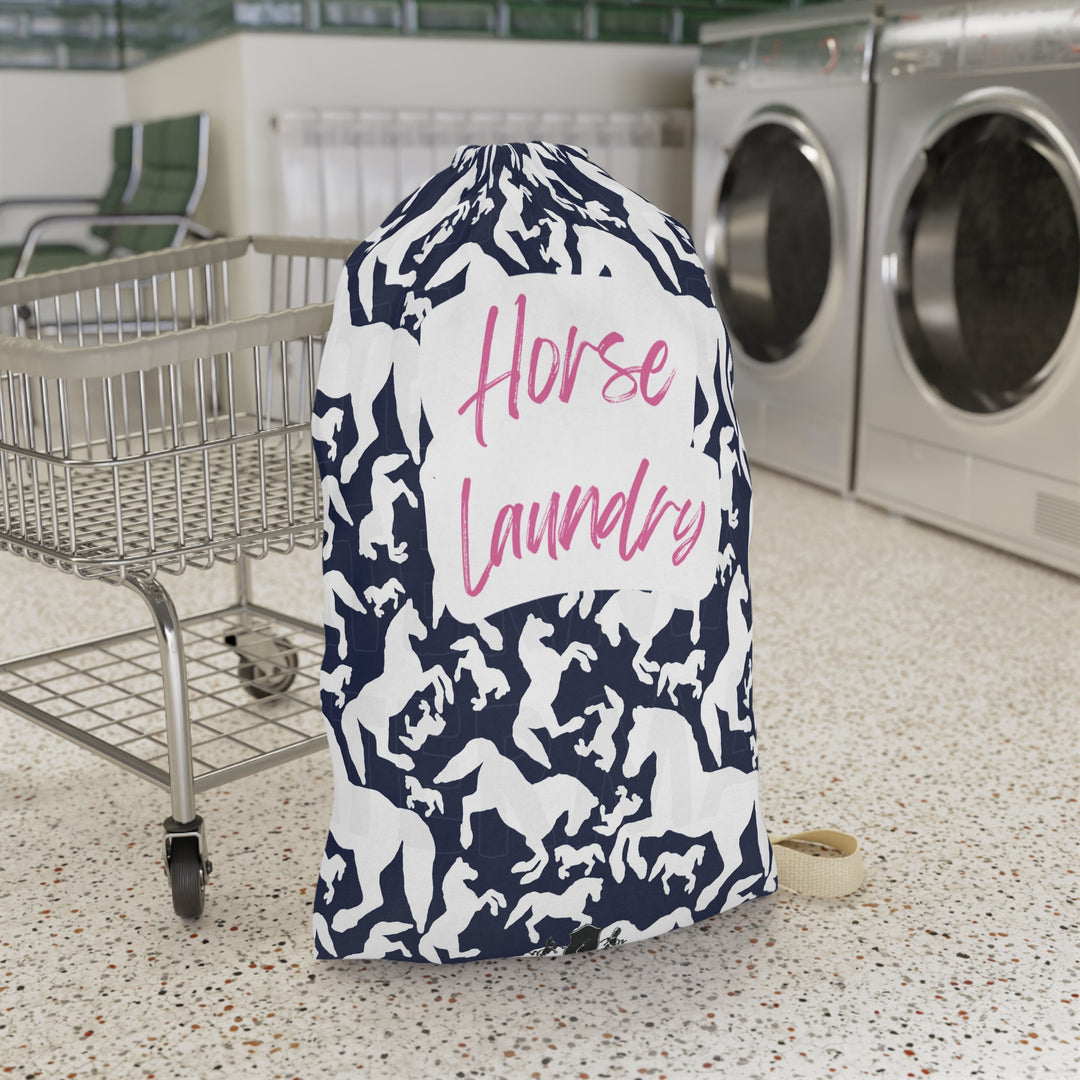
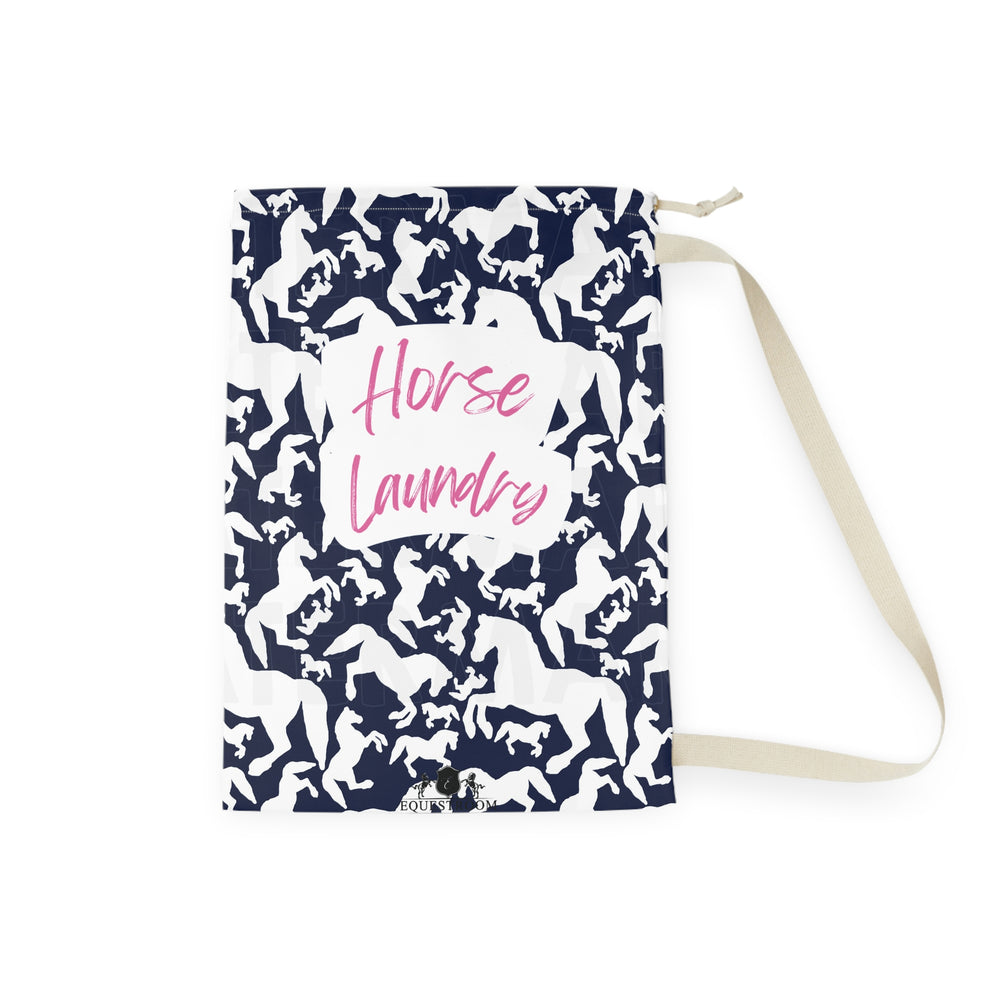
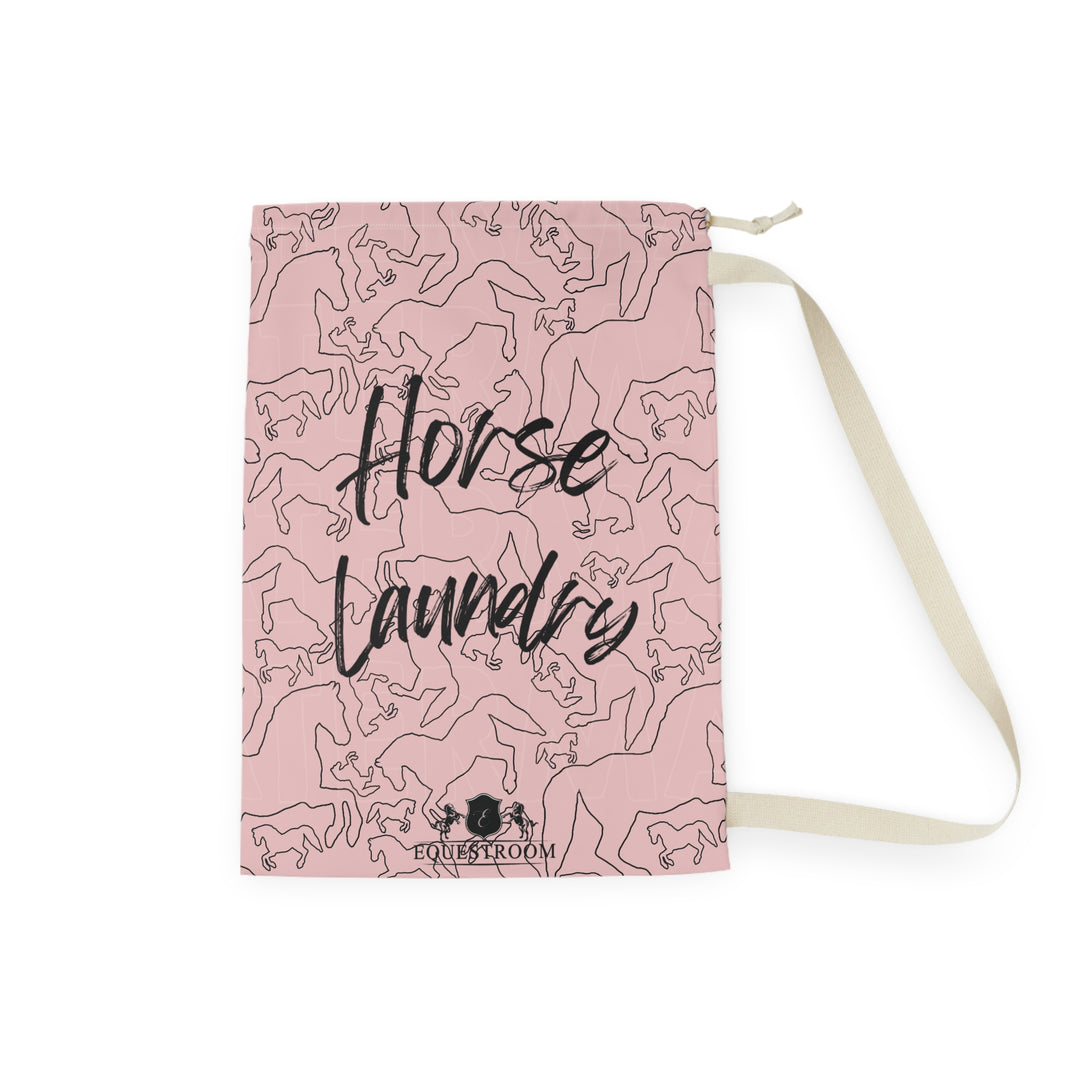
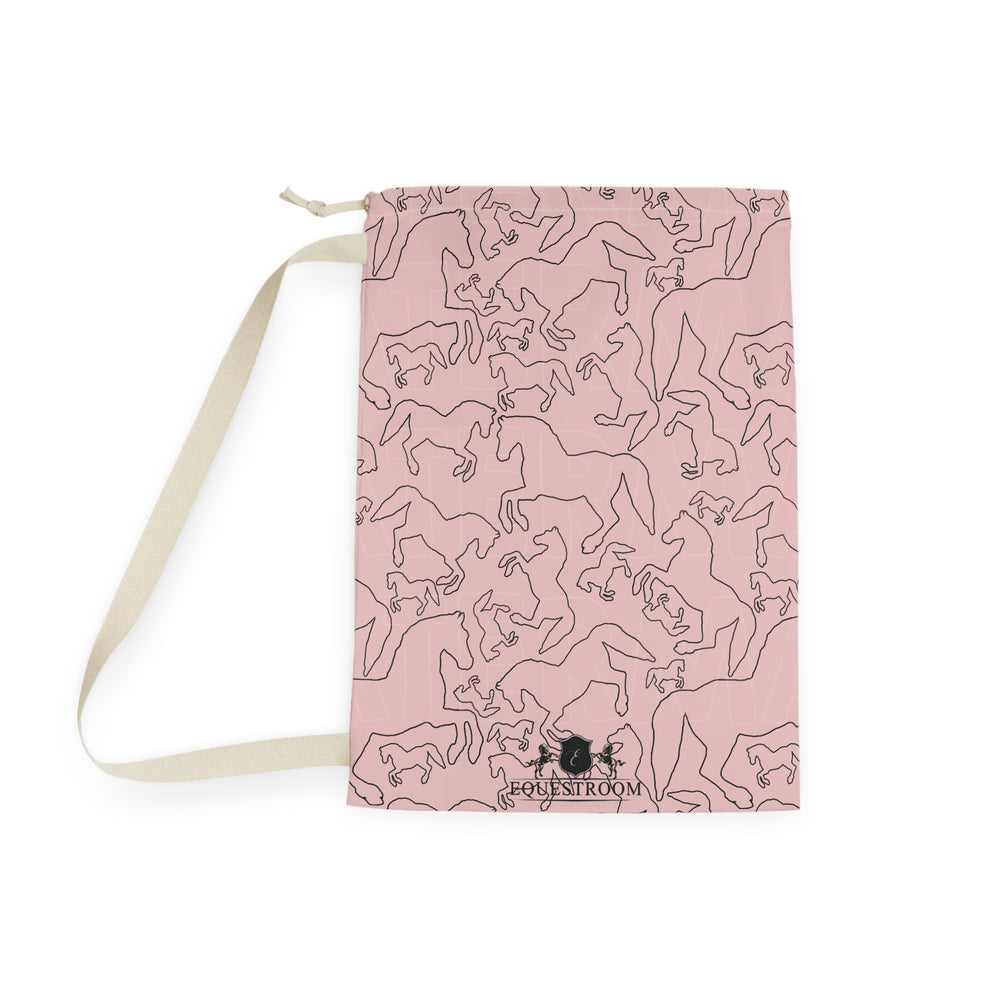
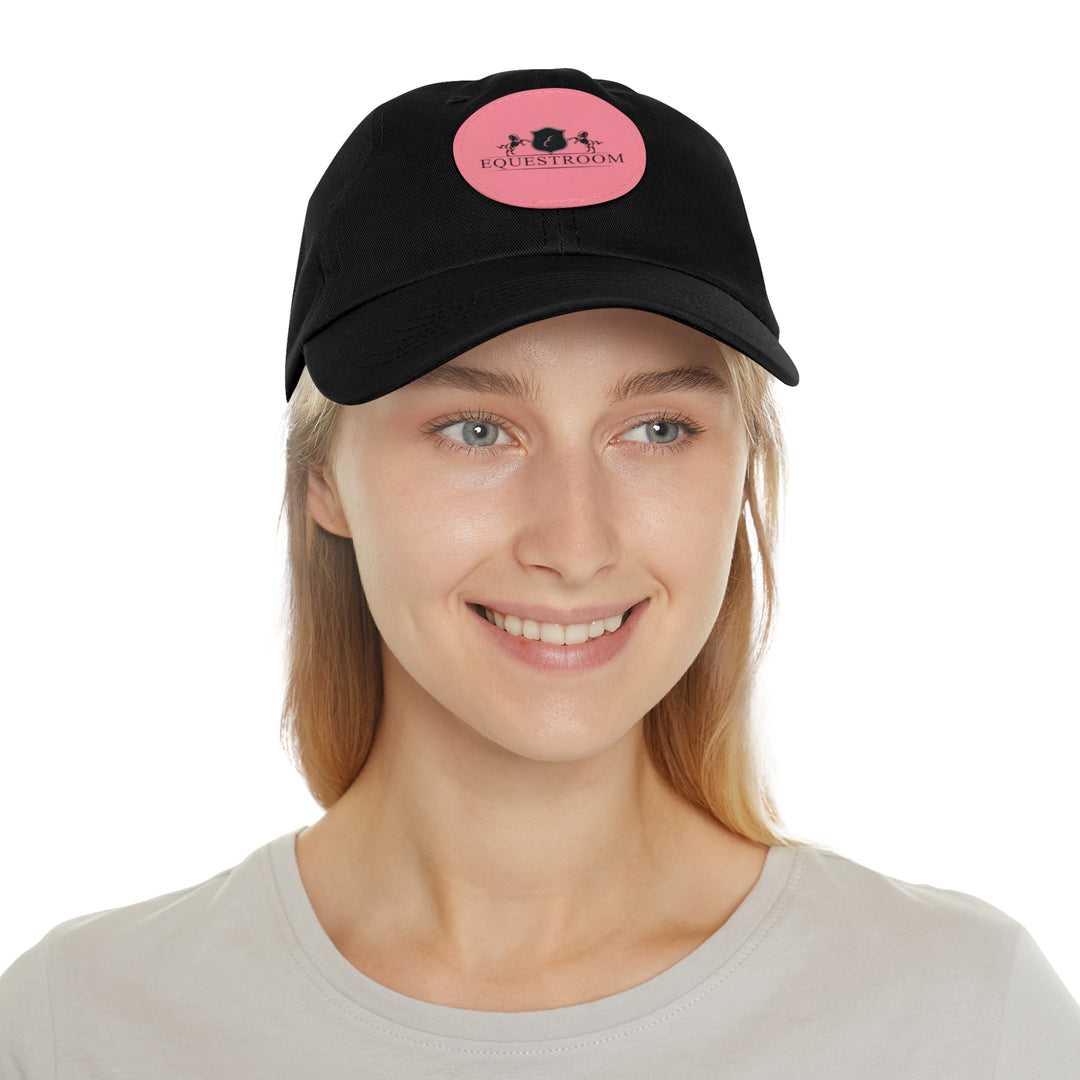
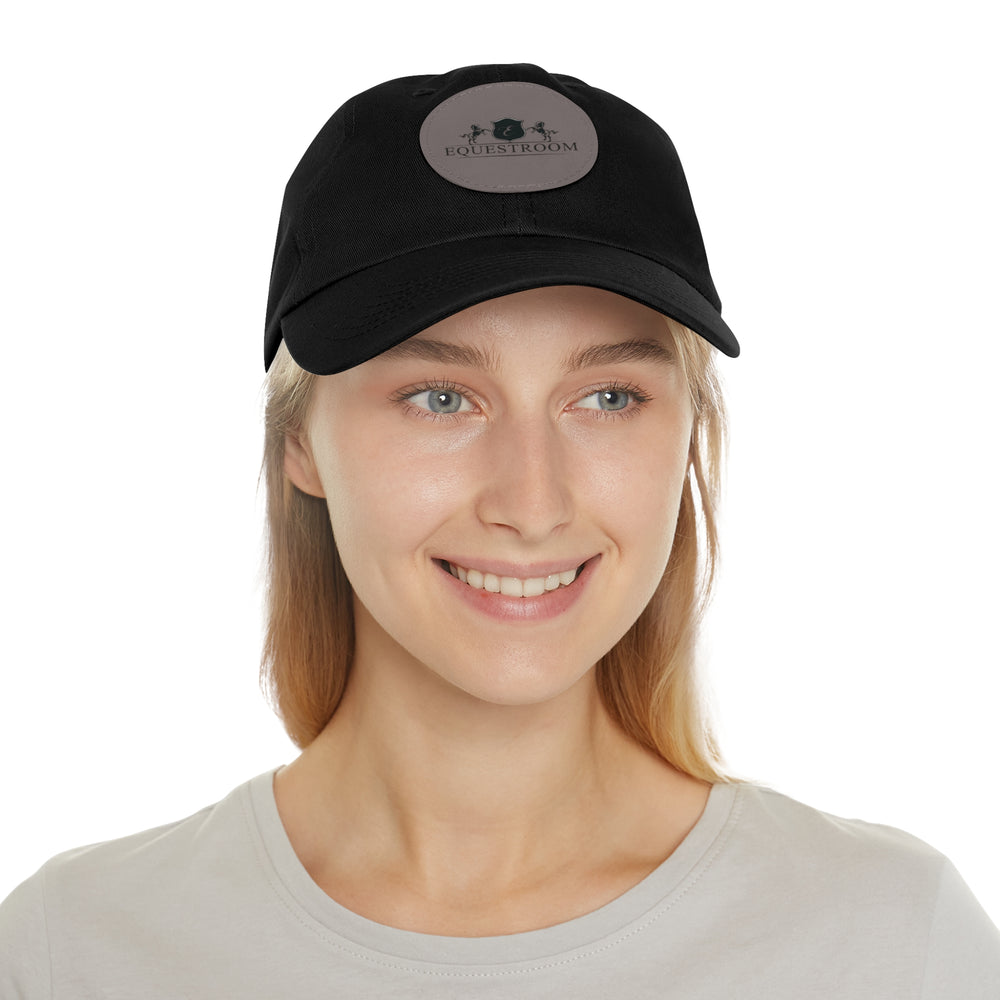
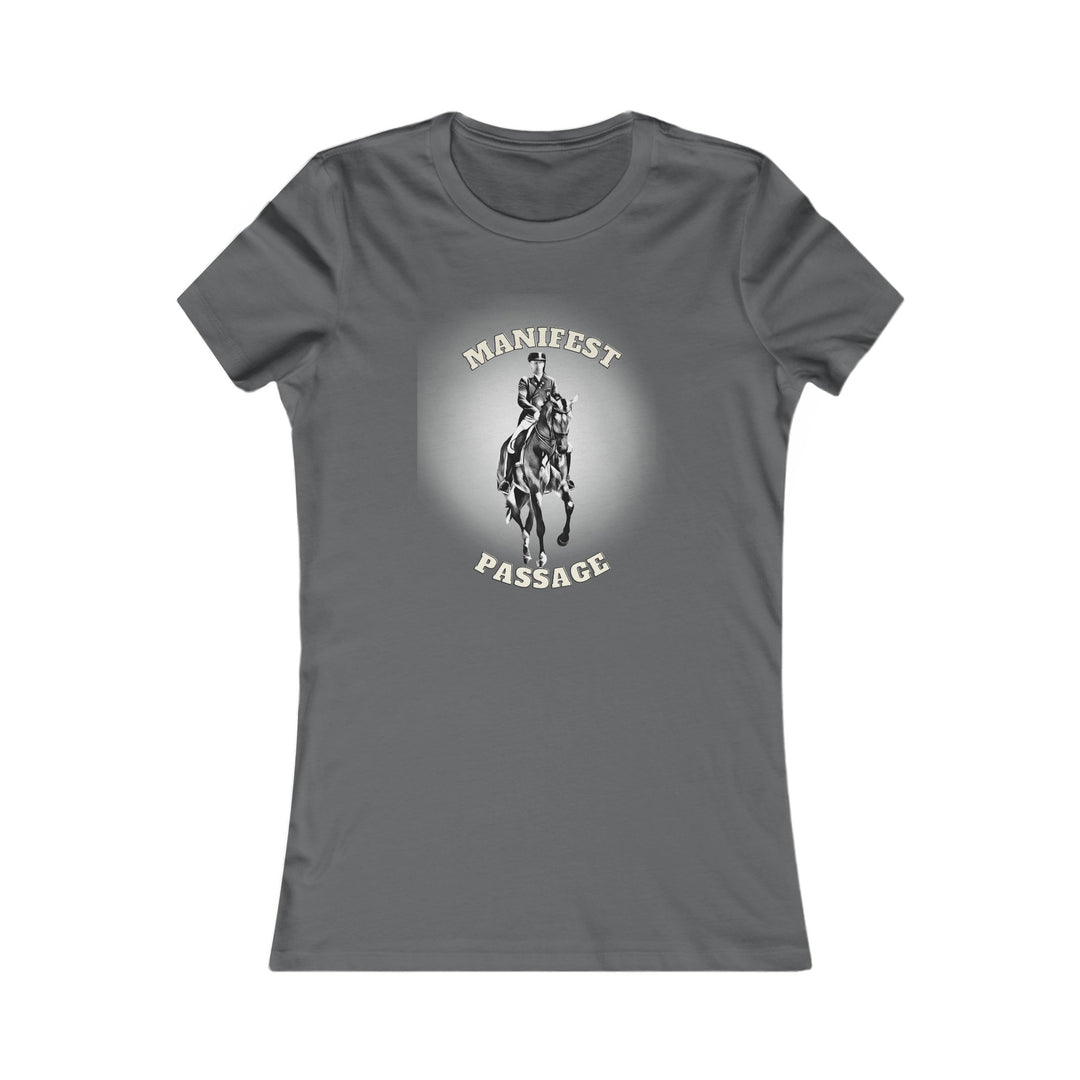
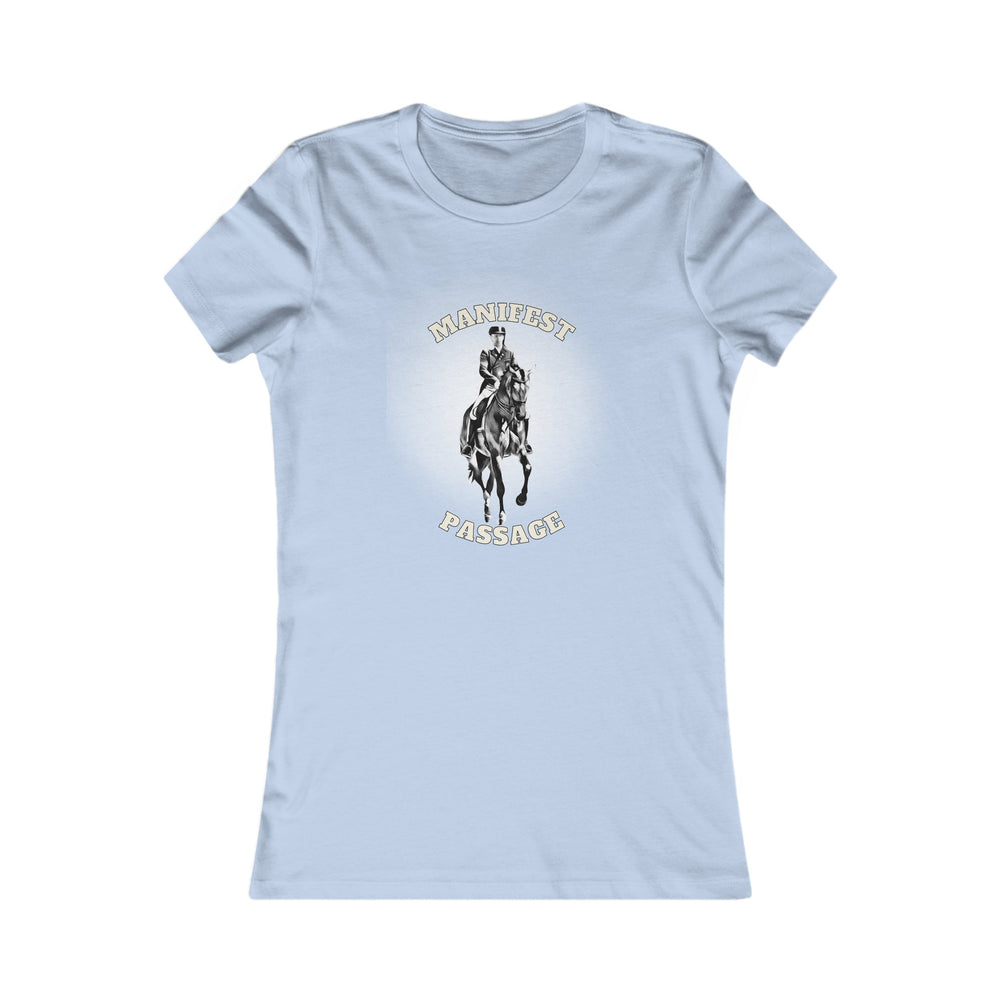
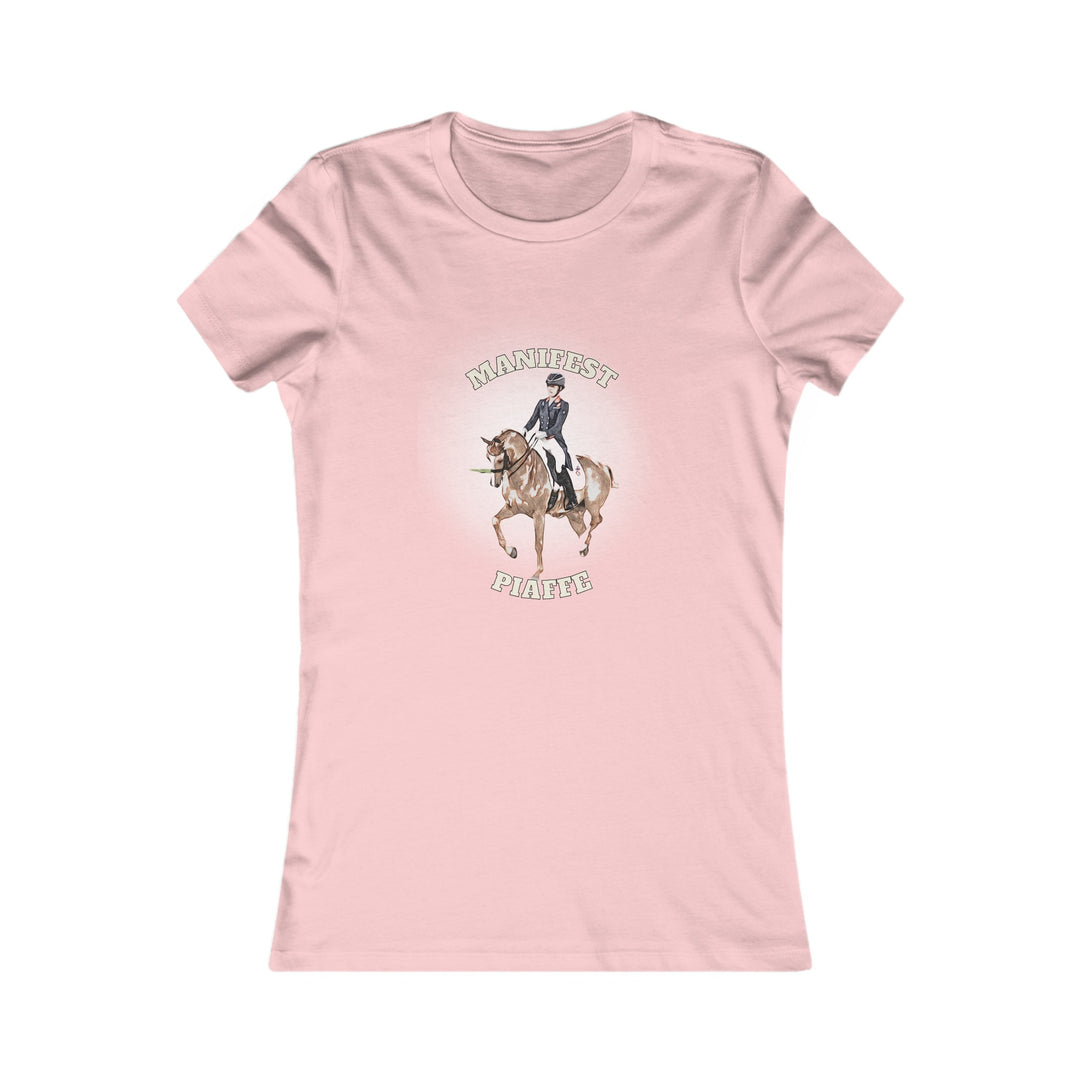
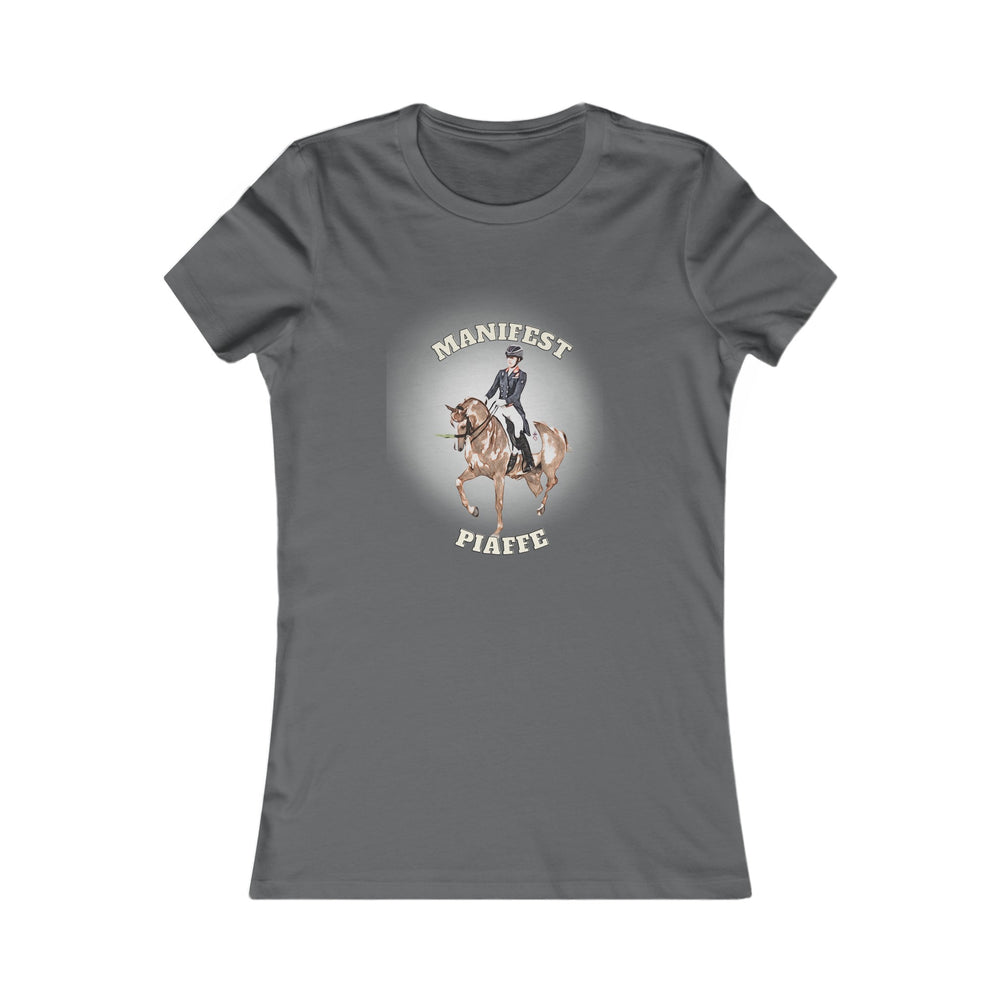
Leave a comment